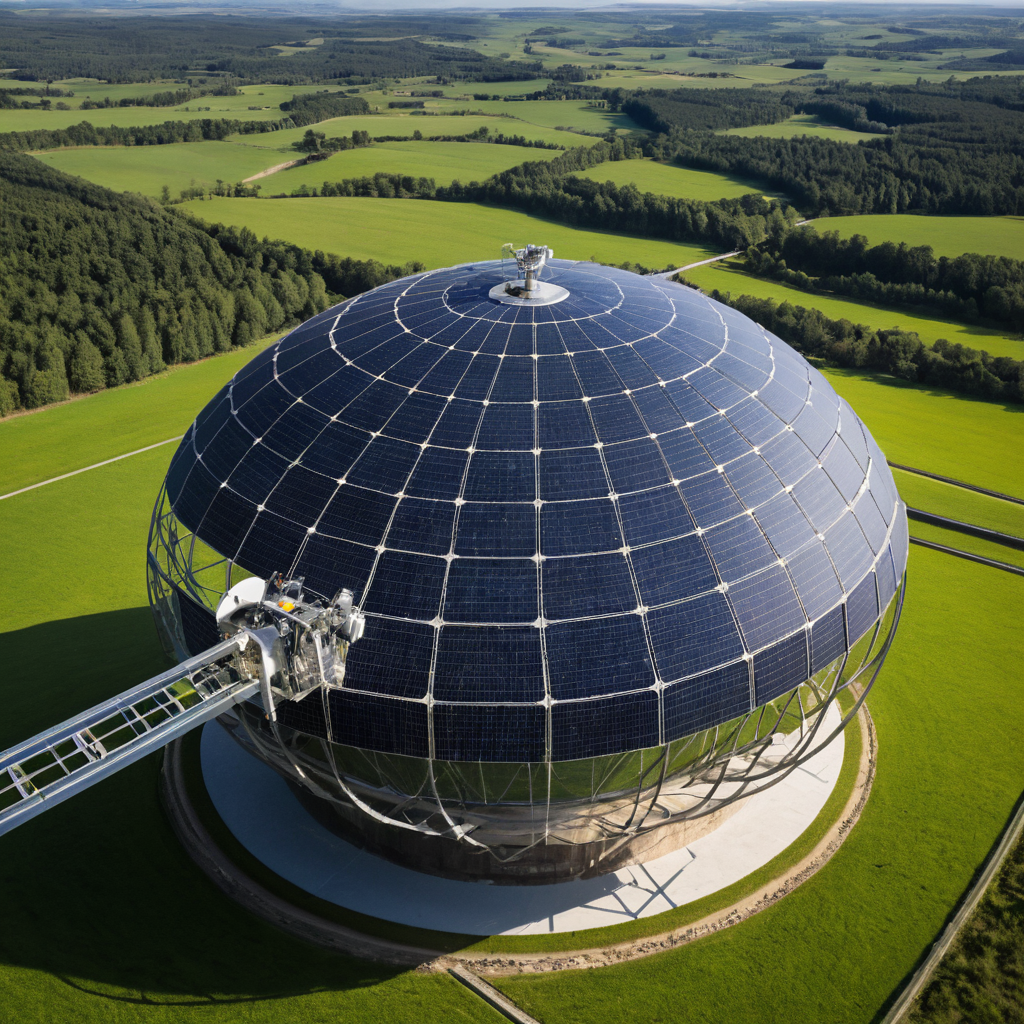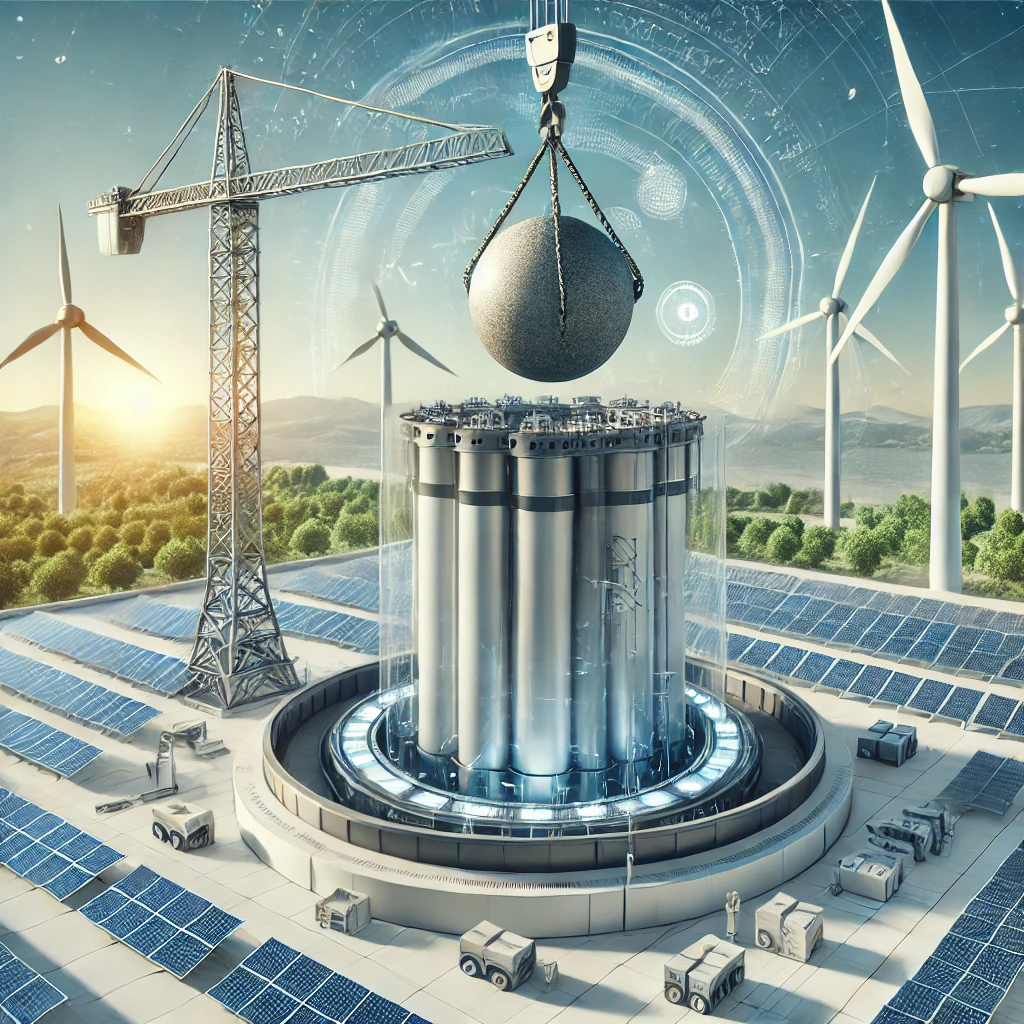- November 18, 2024
Gravity-Powered Innovation Transforms Renewable Energy

Gravity-Powered Innovation Transforms Renewable Energy
Introduction
Renewable energy is evolving, and one groundbreaking advancement is Gravity-Powered Innovation. This innovative approach leverages the Earth’s gravitational force to store and generate energy, providing a sustainable and efficient alternative to traditional energy systems. In this article, we’ll explore how gravity-based energy storage systems work, their benefits, and their potential to revolutionize renewable energy.

What is Gravity-Powered Innovation?
Gravity-powered innovation uses gravitational force to store and release energy. The concept is simple yet effective: lift a heavy object to store energy as potential energy and release it to generate electricity when needed. These systems are often referred to as gravity-based energy storage systems and are considered a sustainable alternative to chemical batteries.
How Gravity-Based Energy Storage Systems Work
- Energy Storage: Excess energy (e.g., from solar or wind) is used to lift a heavy weight.
- Energy Release: When energy demand rises, the weight is lowered, and its potential energy is converted back into electricity using generators.
This process is not only efficient but also environmentally friendly, as it avoids the toxic waste associated with traditional batteries.
Benefits of Gravity-Powered Innovation
- Environmental Benefits
- Zero emissions during operation.
- No toxic materials, unlike lithium-ion batteries.
- Energy Efficiency
- Gravity-powered systems boast high efficiency, minimizing energy loss during storage and release.
- Longevity
- These systems have a longer lifespan compared to chemical batteries, reducing maintenance costs.
Challenges in Implementing Gravity-Based Systems
While promising, there are challenges:
- High Initial Costs: Building large-scale systems requires significant investment.
- Space Requirements: These systems need large areas, making them impractical in dense urban environments.
- Technical Limitations: Ensuring consistent energy output can be complex in some scenarios.
Integration with Renewable Sources
Gravity-powered systems are particularly effective when paired with renewable energy sources like solar and wind. By storing energy during peak production and releasing it during low production, they address the intermittent nature of renewable energy, ensuring a steady power supply.
Innovations in Gravity-Powered Technologies
Recent innovations include:
- Advanced Materials: Lighter yet stronger materials to reduce costs.
- Compact Designs: Smaller systems suitable for urban areas.
- AI Integration: Optimizing energy storage and release for maximum efficiency.
Global Applications and Case Studies
Several countries are already exploring gravity-powered solutions:
- Switzerland: Uses gravity storage for hydroelectric power optimization.
- Scotland: Pilot projects for off-grid renewable energy storage.
- India: Gravity systems for rural electrification, providing power to remote areas.
The Future of Gravity-Powered Energy
As technology advances and costs decline, gravity-powered innovation could become a cornerstone of the renewable energy sector. With its potential to reduce reliance on chemical batteries and ensure grid stability, the future of this technology looks bright.
Conclusion
Gravity-Powered Innovation is transforming the way we think about renewable energy storage. With its efficiency, environmental benefits, and integration capabilities, it offers a sustainable path forward. Despite challenges, ongoing advancements make it an exciting field with immense potential to revolutionize energy systems worldwide.